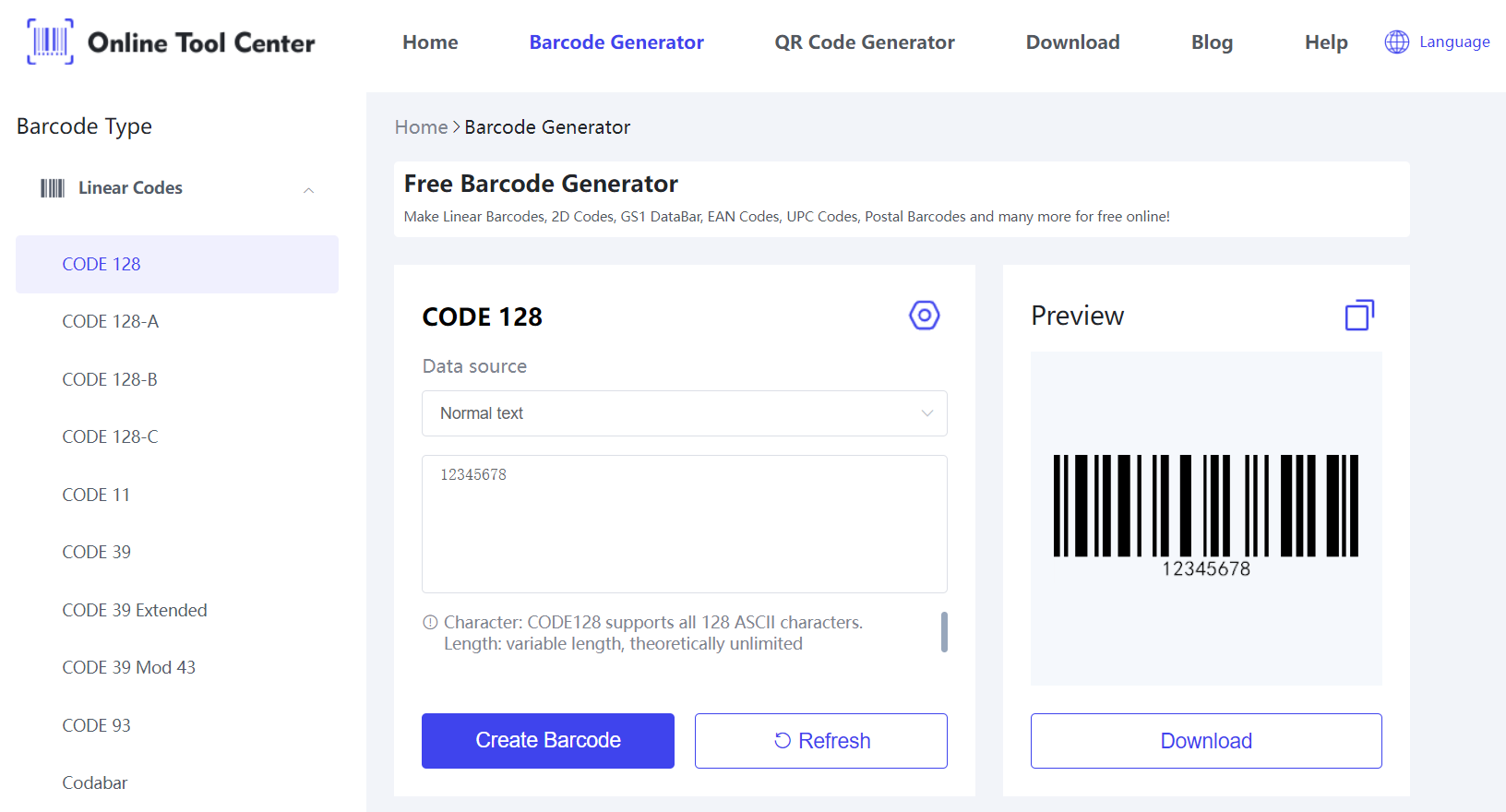Barcodes have become a part of modern commerce, seamlessly bridging the gap between physical products and digital systems.
This article explores how do barcodes work, the different types available, and their applications and benefits.
What is a Barcode?
A barcode is a machine-readable representation of data, typically used to identify products.
It consists of parallel lines of varying widths and spaces that encode information readable by barcode scanners.
Barcodes are essential in tracking inventory, streamlining the checkout process, and ensuring accurate data entry across various industries.
How Do Barcodes Work?
Components of a Barcode System
To understand how barcodes work, it's essential to know the components involved:
● Light Source: Illuminates the barcode.
● Lens: Captures the image of the barcode.
● Photoconductor: Converts the light into an electrical signal.
● Decoder: Analyzes the barcode data and sends it to a computer.
How do Barcode Scanners Work?
The scanning process involves the following steps:
1. Illumination: Scanners emit light onto the barcode.
2. Reflection: The light reflects off the barcode and is captured by the scanner.
3. Interpretation: The varying reflections are interpreted by the photoconductor and decoder to extract the encoded information.
This process allows for quick and accurate data capture, making barcodes a reliable tool for managing information.
Types of Barcodes
Barcodes come in various formats, each suited to different applications:
1. One-Dimensional Barcodes
1D barcodes are linear and store data in the width and spacing of parallel lines. Common types include:
● UPC (Universal Product Code): Used in North America for retail products.
● EAN (European Article Number): Similar to UPC, used globally.
● Code 39: Encodes alphanumeric characters, used in manufacturing and logistics.
2. Two-Dimensional Barcodes
2D barcodes store data in both horizontal and vertical dimensions, allowing for greater data capacity. Examples include:
● QR Codes: Store URLs, text, and other data, easily readable by smartphones.
● Data Matrix: Used in inventory management for small items.
Applications of Barcodes
Barcodes have a wide range of applications across various industries:
1. Retail
Barcodes streamline the checkout process, improve inventory management, and reduce human error. They are essential for product tracking from manufacturing to sale.
2. Healthcare
Barcodes on patient wristbands and medications ensure accurate identification and administration, enhancing patient safety.
3. Logistics
Barcodes facilitate efficient tracking of packages and goods through the supply chain, from warehouses to delivery.
How is a Barcode Generated?
Generating barcodes is a simple process involving a specialized generator that creates the barcode image based on the desired data and symbology.
These software programs allow users to input specific information, such as product details or identification numbers, which the software then encodes into a visual pattern of lines or dots.
The resulting barcode image can be printed and applied to products, ensuring they are easily scannable and trackable throughout the supply chain.
Various online tools and software make barcode generation accessible and efficient.
Our free barcode generator enables businesses to quickly create barcodes tailored to their specific needs without significant investment.

This generator is user-friendly, often requiring just a few clicks to generate high-quality barcodes suitable for various applications, from retail and inventory management to healthcare and logistics.
FAQs about How Does Barcode Work
1. What Information Does a Barcode Hold?
Barcodes typically hold information like product price, weight, manufacture date, and expiration date. This data helps in tracking and managing inventory efficiently.
2. Are Barcodes Unique to Each Item?
Barcodes are generally unique to each product type, not individual items, to simplify inventory management. This means that all items of a specific product type will share the same barcode.
3. How Does the Coding of Barcodes Work?
The coding of barcodes involves converting data into a visual pattern of lines or dots. Each type of barcode has a specific symbology, or set of rules, that determines how data is encoded.
To sum up, understanding how do barcodes work and their applications can help businesses optimize operations and enhance efficiency.
For a seamless experience in generating your barcodes, visit our barcode generator right now.




